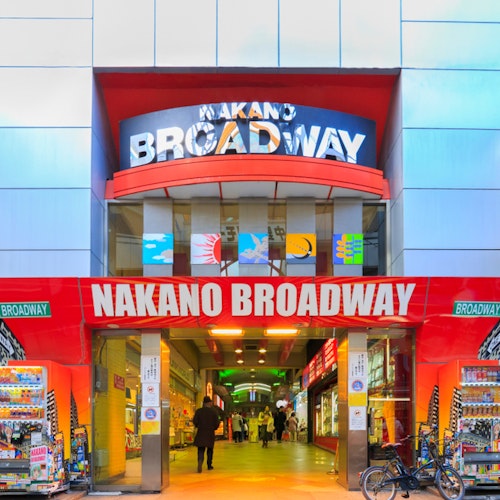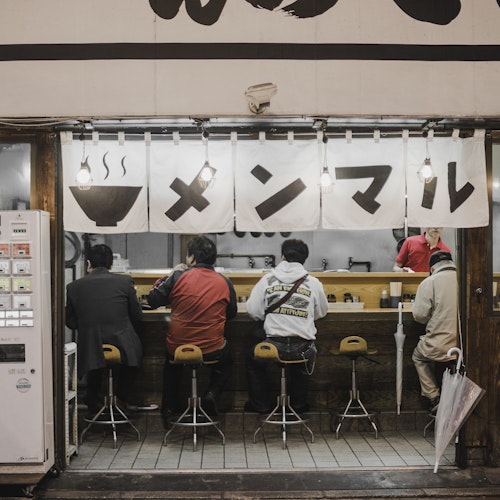
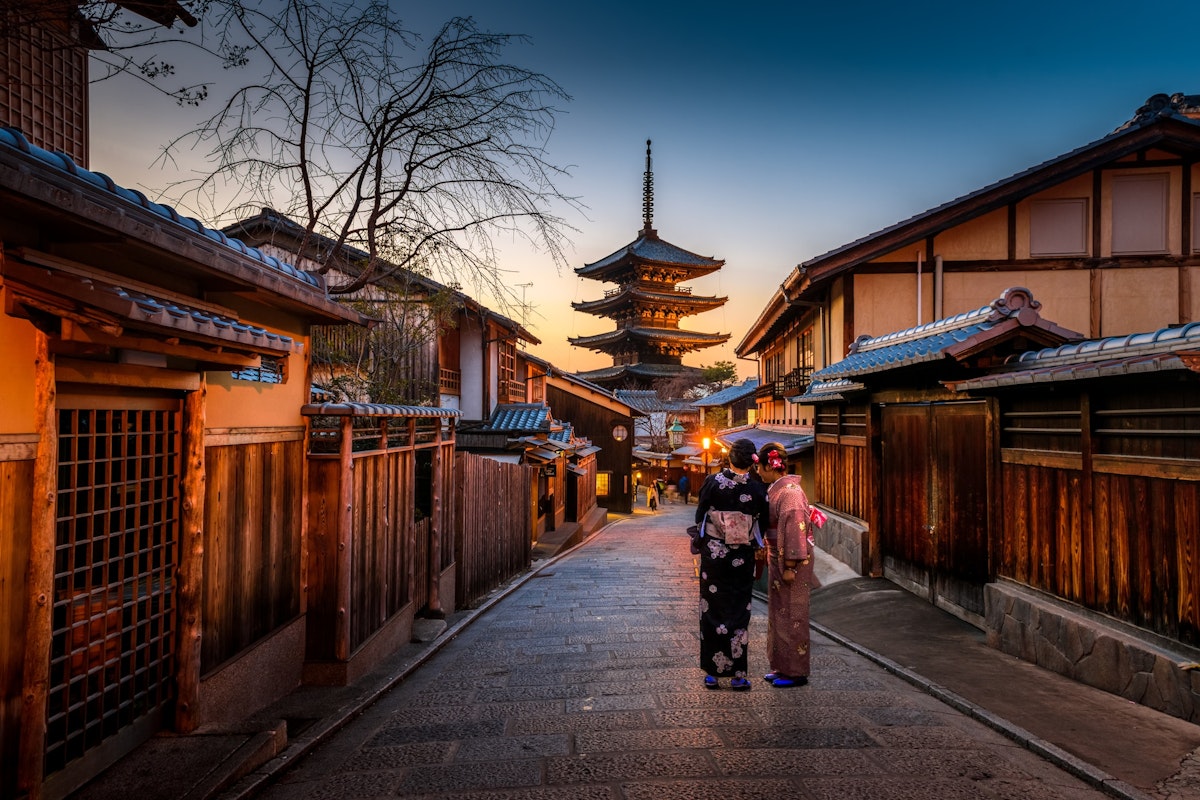
Take a trip to Kyoto, Japan’s cultural heart, where old traditions and modern life blend beautifully. With its rich history, ancient temples, peaceful shrines, and stunning gardens, Kyoto offers a journey through time that you won’t forget.
This guide will help you explore Kyoto’s best cultural experiences—from its famous landmarks to its traditional arts, crafts, and delicious food. As you walk through charming streets lined with wooden machiya houses, you’ll feel like you’ve stepped into the past while still enjoying the present.
So, get ready for an amazing adventure as we take you through Kyoto’s must-see places and create memories that will last a lifetime!
Kyoto's spiritual landscape, adorned with over 1,600 temples and shrines, offers a captivating journey through Japan's rich cultural history. Each site has its unique charm, architectural marvels, and compelling stories that have stood the test of time.
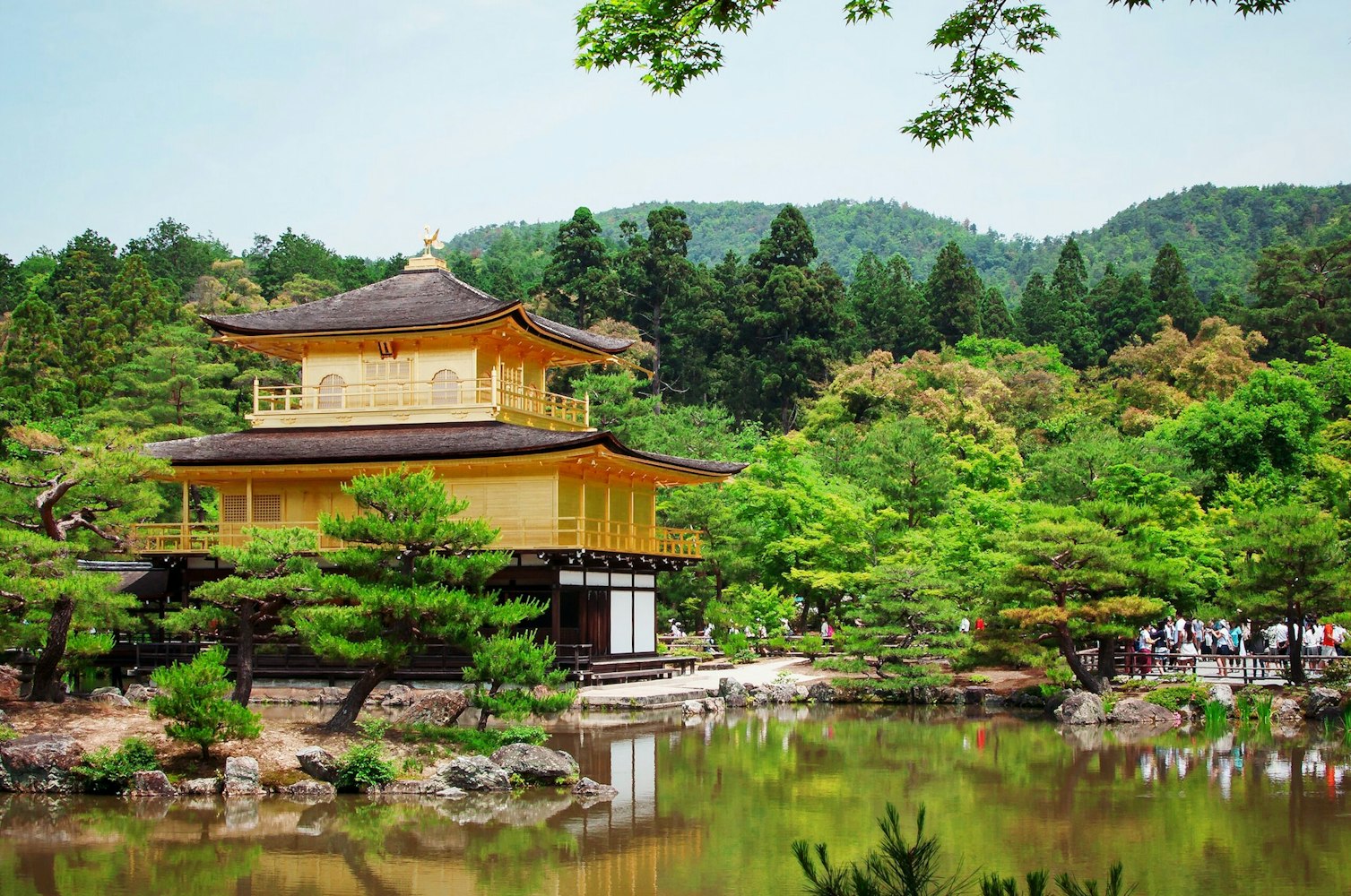
Let's delve deeper into some of Kyoto's most iconic temples and shrines while learning how to engage with them in a respectful and insightful manner.
The Golden Pavilion, or Kinkaku-ji, has a rich history that traces back to its origin as a retirement villa for shogun Ashikaga Yoshimitsu. Upon his death, the villa was transformed into a Zen temple. The shimmering gold-leaf exterior symbolizes the purity of the Buddha's teachings and represents a beacon of hope in trying times.
As you marvel at Kinkaku-ji's beauty, you will be transported to an era that exemplified the harmonious relationship between architecture, spirituality, and nature.
Fushimi Inari Taisha has been a revered site of worship for over a millennium, with its earliest structures dating back to the 8th century. As you walk through the vibrant vermilion torii gates and encounter the enigmatic stone fox statues that guard the pathways, you will feel a deep connection to Japan's spiritual heritage.
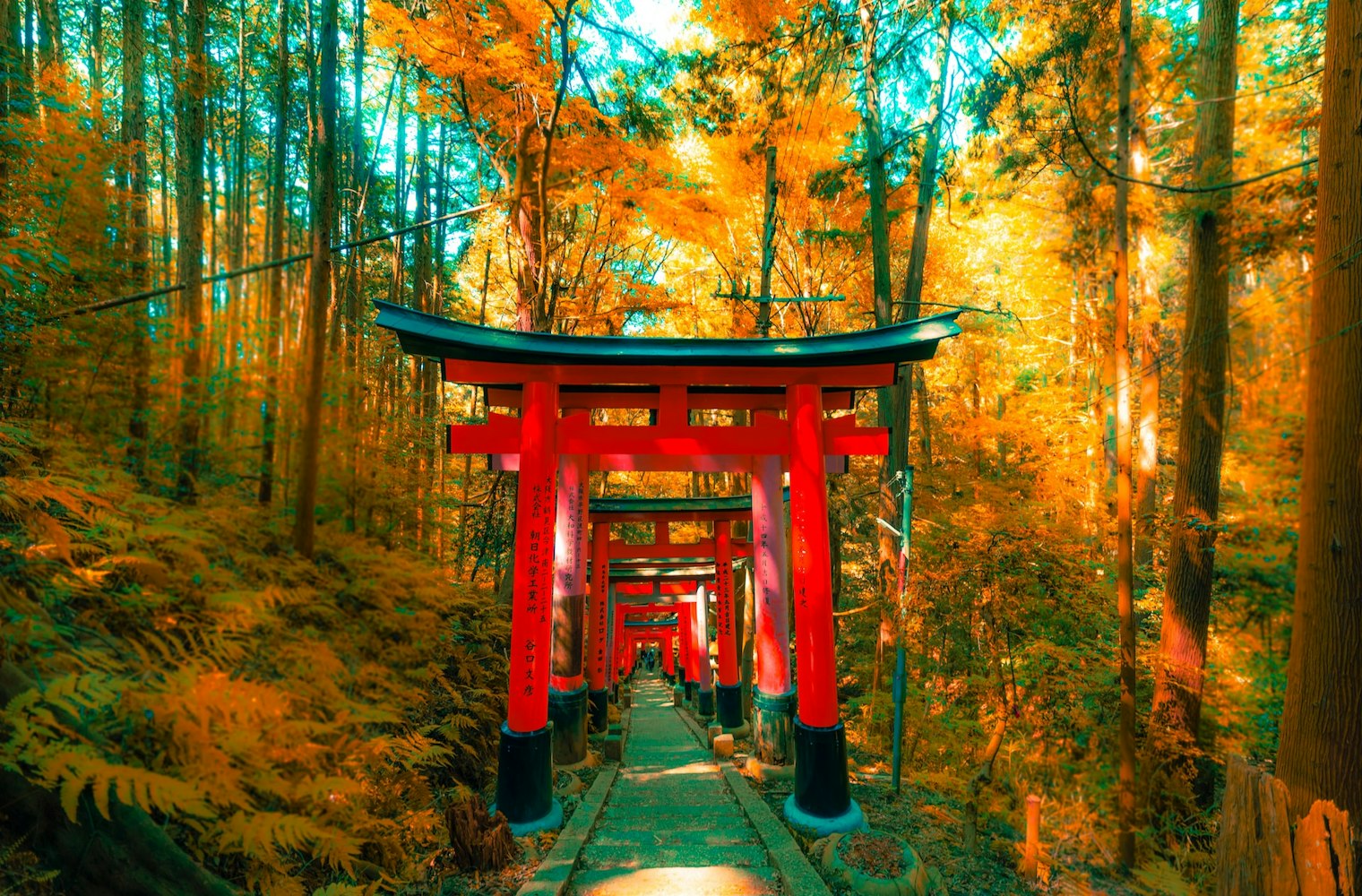
The shrine's captivating energy and timeless devotion to Inari, the god of rice and prosperity, invite you to immerse yourself in a world where nature and spirituality intertwine.
Perched atop the Higashiyama hills, Kiyomizu-dera offers a breathtaking view of Kyoto's cityscape. Founded in 778, the temple is dedicated to Kannon, the goddess of mercy, and has been a place of pilgrimage and solace for centuries. The temple's name, which means "pure water," is derived from the Otowa waterfall that flows nearby, and its waters are believed to possess healing properties.
As you explore Kiyomizu-dera's grounds and marvel at the magnificent wooden stage extending from the main hall, you will be transported to a time when faith and nature coexisted in harmony.
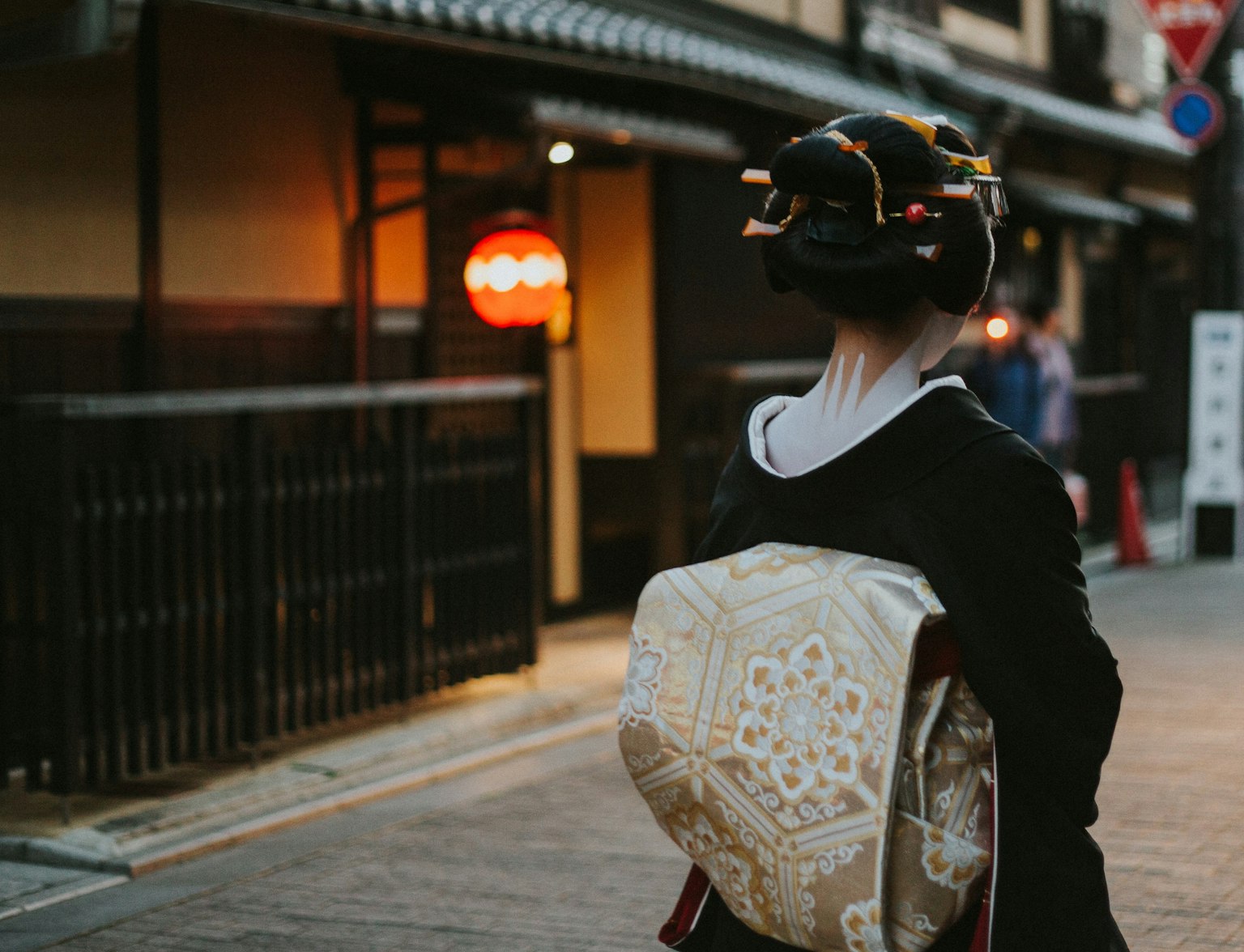
See Kyoto cityscape from Kiyomizu-dera.
Kyoto's diverse array of traditional Japanese gardens offers a serene haven for those seeking respite from bustling city life. Each meticulously crafted garden showcases a unique aspect of Japan's rich landscape design history and provides visitors with an unparalleled opportunity to immerse themselves in the breathtaking beauty and harmony of nature.
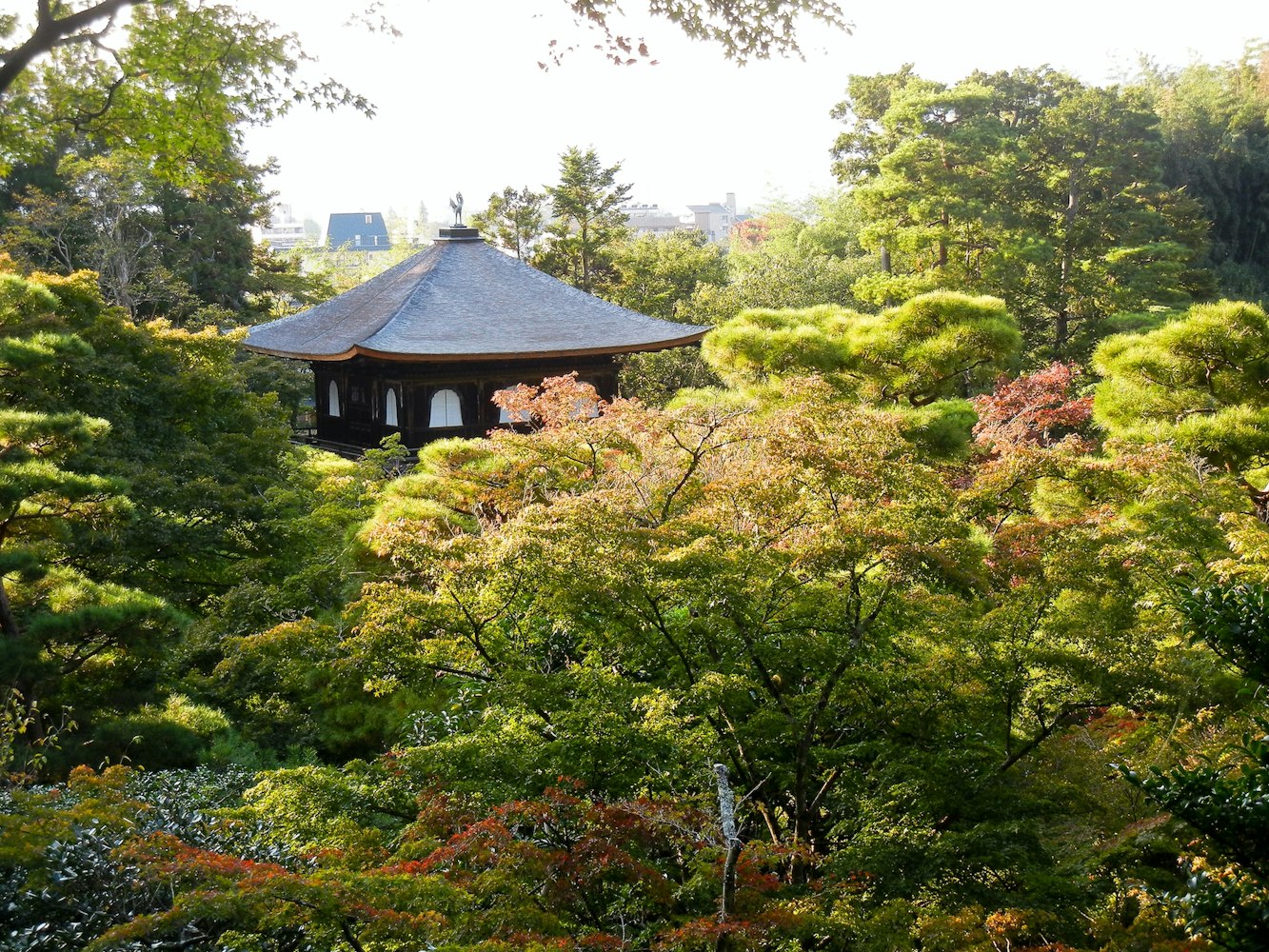
Ryoan-ji: This world-famous Zen garden captivates visitors with its minimalist dry landscape design. Featuring 15 carefully arranged rocks set within a meticulously raked gravel bed, Ryoan-ji invites contemplation and introspection, allowing you to experience the power of simplicity and stillness.
Ginkaku-ji: While the Silver Pavilion is undoubtedly a must-see, the surrounding moss garden and sand garden should not be overlooked. The artful blend of sculpted sand formations and verdant greenery creates an atmosphere of sublime elegance and tranquility, making it the perfect retreat for quiet contemplation.
Tenryu-ji: This UNESCO World Heritage Site boasts an extensive landscape garden that masterfully incorporates the natural beauty of the Arashiyama mountain range. With its enchanting pond mirroring the vibrant foliage throughout the year, Tenryu-ji exemplifies the concept of a "borrowed landscape" garden.
Japanese gardens have captivated people for centuries with their exquisite beauty and deep-rooted symbolism. These gardens showcase a variety of design styles, each reflecting a unique aspect of Japanese culture, history, and philosophy. To gain a thorough understanding of the intricate artistry and diverse beauty of Japanese garden styles, let us delve into the key elements, underlying principles, and notable examples of each style.
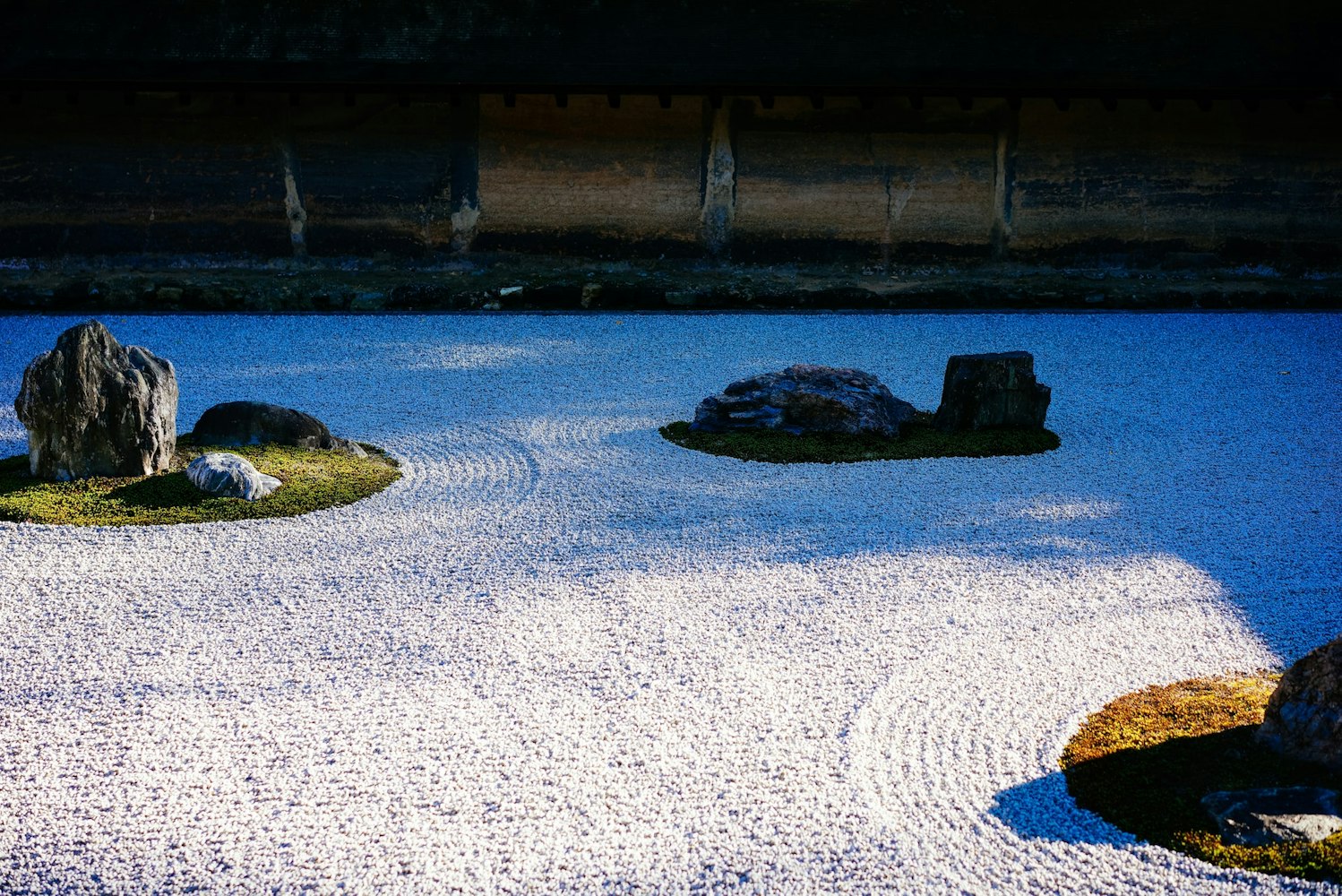
Karesansui, or dry landscape gardens, are often associated with Zen Buddhism and represent an abstract interpretation of nature through the use of rocks, sand, and gravel. The primary goal of Karesansui gardens is to evoke a sense of tranquility and contemplation, with the minimalist design encouraging introspection and meditation.
Key Elements: The primary components of Karesansui gardens are rocks, which symbolize mountains, islands, or other natural formations, and raked gravel or sand, which represents water. Moss, small plants, and other natural elements may also be incorporated into the design.
Design Principles: The arrangement of rocks and the patterns in the raked gravel or sand are intended to stimulate the viewer's imagination, invoking a sense of vast, natural landscapes within a confined space. Balance, harmony, and simplicity are essential principles in Karesansui gardens.
Notable Examples: Ryoan-ji in Kyoto is a prime example of a Karesansui garden, featuring 15 rocks set within a meticulously raked gravel bed. Another famous Karesansui garden is found at Daitoku-ji, a temple complex in Kyoto, which is renowned for its various sub-temples with unique dry landscape gardens.
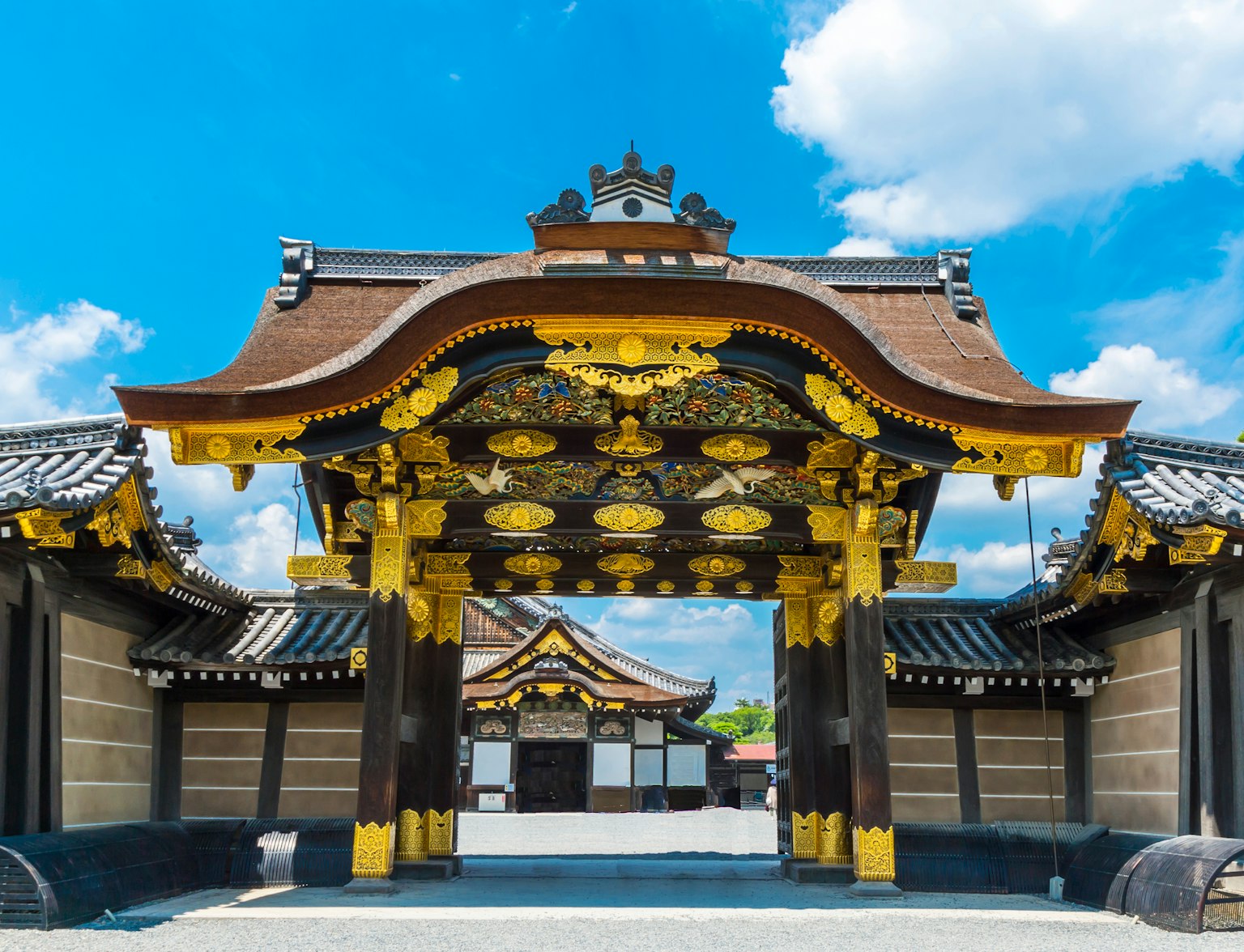
See Ryoan-ji's serene garden in Kyoto.
Tsukiyama gardens, also known as hill gardens, are characterized by the use of earthworks to create artificial hills, ponds, and streams. These gardens aim to recreate natural landscapes on a smaller scale, often incorporating elements of the surrounding environment.
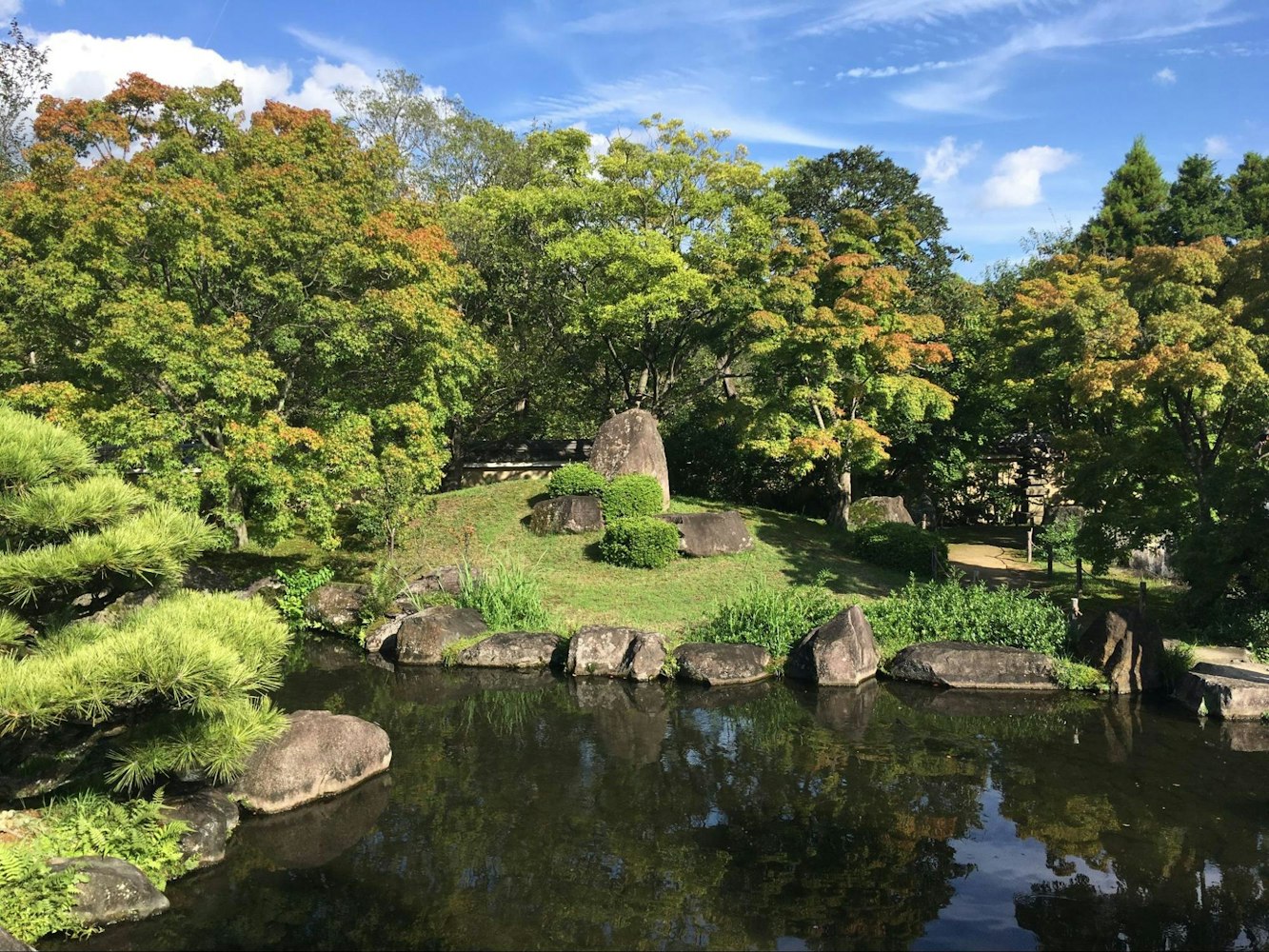
Key Elements: Tsukiyama gardens typically include rolling hills, bodies of water, stone lanterns, and bridges. Carefully arranged plants, such as trees, shrubs, and flowers, are used to enhance the naturalistic appearance of the garden.
Design Principles: Tsukiyama gardens often employ the concept of "shakkei" or "borrowed landscape," which involves incorporating distant natural features, such as mountains or forests, into the garden's overall composition. The careful arrangement of elements in the garden is intended to create a sense of depth, harmony, and balance.
Notable Examples: Saisho-in, a sub-temple of the Myoshin-ji temple complex in Kyoto, is known for its beautiful Tsukiyama garden, complete with a pond and a gentle hill. Another stunning example is the Shugaku-in Imperial Villa in Kyoto, which features a vast Tsukiyama-style garden with meandering streams, reflective ponds, and elegant bridges.
Chaniwa gardens, or tea gardens, are designed specifically for hosting tea ceremonies. These gardens serve as an integral part of the tea ceremony experience, setting the stage for a serene and contemplative atmosphere.
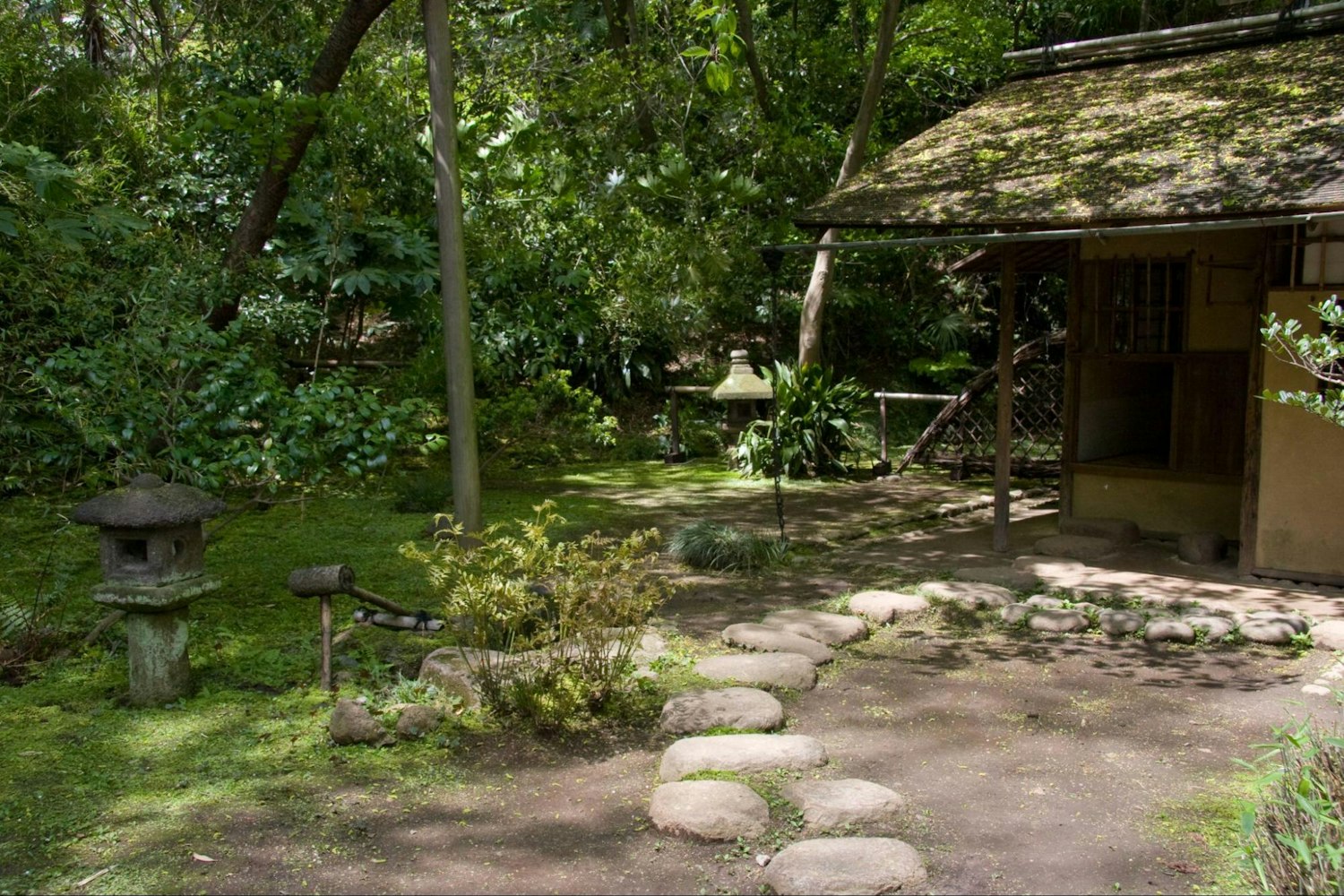
Image Credit: Wikimedia
Key Elements: Chaniwa gardens typically feature a stone pathway leading to a tea house, with stepping stones, stone lanterns, and water basins along the route. The choice of plants in Chaniwa gardens is intentional, often using moss, ferns, and carefully selected trees or shrubs to create a calming ambiance.
Design Principles: Chaniwa gardens emphasize the importance of the journey to the tea house, with the winding path symbolizing the transition from the busy, mundane world to the serene and sacred space of the tea ceremony. The layout and elements of the garden are intentionally designed to evoke a sense of harmony, tranquility, and introspection.
Notable Examples: The garden at Kodai-ji temple in Kyoto is an excellent example of a Chaniwa garden, featuring a stone pathway that meanders through a lush, moss-covered landscape, leading to an elegant tea house. Another prime example is the Katsura Imperial Villa in Kyoto, which boasts multiple tea houses surrounded by beautifully designed Chaniwa gardens, complete with artfully placed stone lanterns, stepping stones, and water basins.
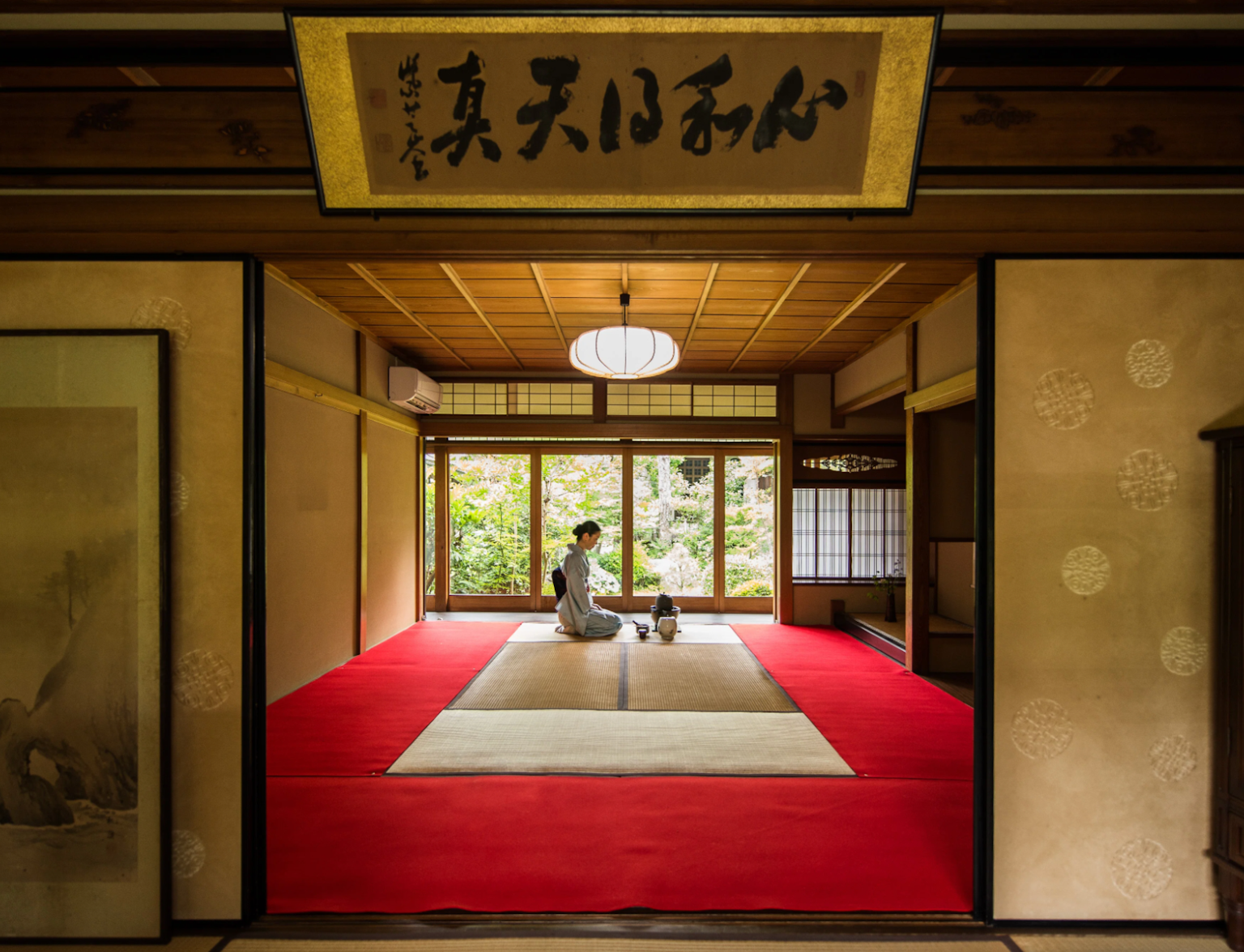
Experience tea ceremony within a garden.
To fully immerse yourself in Kyoto's traditional Japanese gardens and deepen your connection with nature, consider experiencing the changing seasons, as each offers a unique charm, from cherry blossoms in spring to snow in winter. During your visits, take mindful strolls, slowing down to absorb the intricate details, such as patterns of raked gravel, rock arrangements, and dancing reflections on pond surfaces.
Additionally, seeking out secluded spots for quiet contemplation will enhance your appreciation for the gardens' harmony and design. Lastly, participating in guided tours or attending workshops will provide valuable insights into the gardens' history, design principles, and cultural significance, enriching your overall experience.
Kyoto's vibrant and diverse festivals provide a unique window into the city's rich cultural heritage. Each event offers visitors an immersive experience of Japanese history, traditions, and artistic expressions. Let's embark on an in-depth exploration of some of the top festivals in Kyoto, unveiling the unique charm that makes each one truly special:
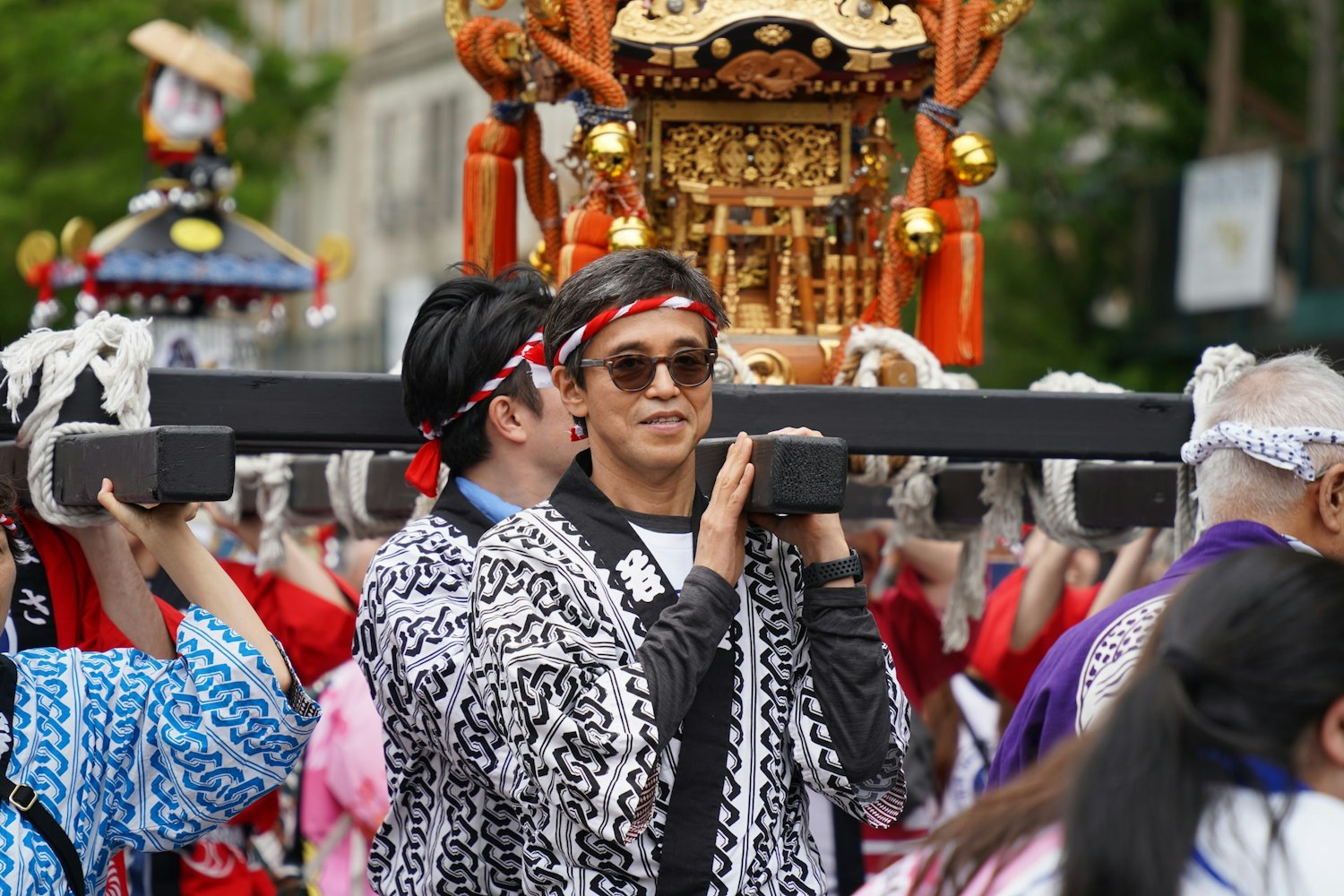
Gion Matsuri, held every July, is a month-long celebration with a history that dates back over a thousand years. A series of events and rituals take place throughout the month, culminating in the awe-inspiring Yamaboko Junko parade. The parade features towering, elaborately decorated floats adorned with intricate carvings, tapestries, and traditional art.
The Yoiyama evening events leading up to the parade showcase the floats illuminated by lanterns, accompanied by traditional music and dance performances. The festival also includes the Mikoshi Arai purification ceremony, where portable shrines are purified in the Kamo River.
Aoi Matsuri is one of Kyoto's oldest and most elegant festivals, dating back to the 6th century. The event is named after the hollyhock leaves (aoi) used to decorate participants and their belongings. The festival's main attraction is the majestic procession that transports spectators to the Heian period.
Over 500 participants dressed in authentic period costumes parade through the streets, accompanied by musicians, dancers, and mounted archers. The procession makes its way to the Shimogamo and Kamigamo shrines, where ancient Shinto rituals are performed, paying tribute to the deities for good harvests and prosperity.
Jidai Matsuri, or the Festival of the Ages, is a captivating historical re-enactment that showcases Kyoto's rich past. The festival's main event is a parade featuring more than 2,000 participants dressed in historically accurate attire from different eras, starting with the Meiji Restoration and going back through time to the Heian period.

Each era is represented by distinct costumes, weaponry, and cultural artifacts, offering a unique insight into the evolution of Japanese society. The parade culminates at the Heian Shrine, where traditional ceremonies, music, and dance performances take place.
Setsubun is a lively and spirited event that marks the end of winter and the beginning of spring. Celebrated at temples and shrines throughout Kyoto, the festival features the unique ritual of mamemaki or bean-throwing. Priests and local celebrities throw roasted soybeans to drive away evil spirits and bring good fortune for the coming year.
In addition to bean-throwing, Setsubun celebrations include captivating dance performances by traditional demons called Oni, as well as the consumption of ehomaki, a special sushi roll eaten while facing the year's auspicious direction.
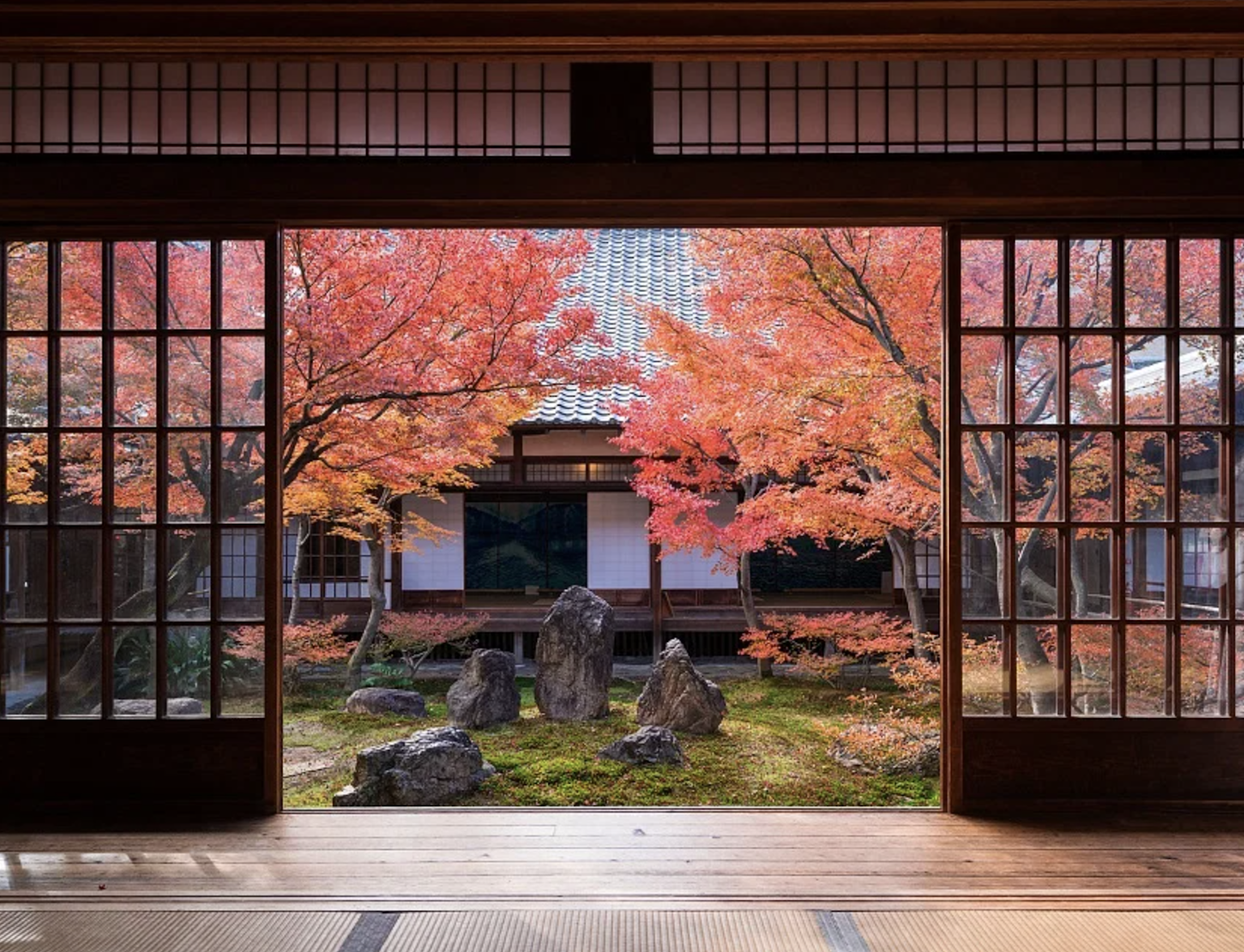
Visit Kennin-ji Temple in Kyoto during this season.
Daimonji Gozan Okuribi, also known as the Kyoto Fire Festival, is a mesmerizing and deeply spiritual event held on August 16th. The festival marks the end of the Obon season when the spirits of deceased ancestors are believed to return to the afterlife. Five giant bonfires are lit on the mountains surrounding Kyoto, creating an unforgettable display visible throughout the city.

The fires are arranged in the shape of characters and symbols, each carrying its unique meaning and significance, such as the character "dai" (大), which represents the concept of "greatness" and serves as a symbol of Kyoto's resilience and strength in the face of adversity.
Kyoto has a long history of traditional craftsmanship, with skilled artisans passing their craft down through generations. From ceramics and textiles to lacquerware and metalworking, the city is home to a diverse array of traditional crafts that continue to thrive today. Here are some of the top traditional crafts to discover in Kyoto:
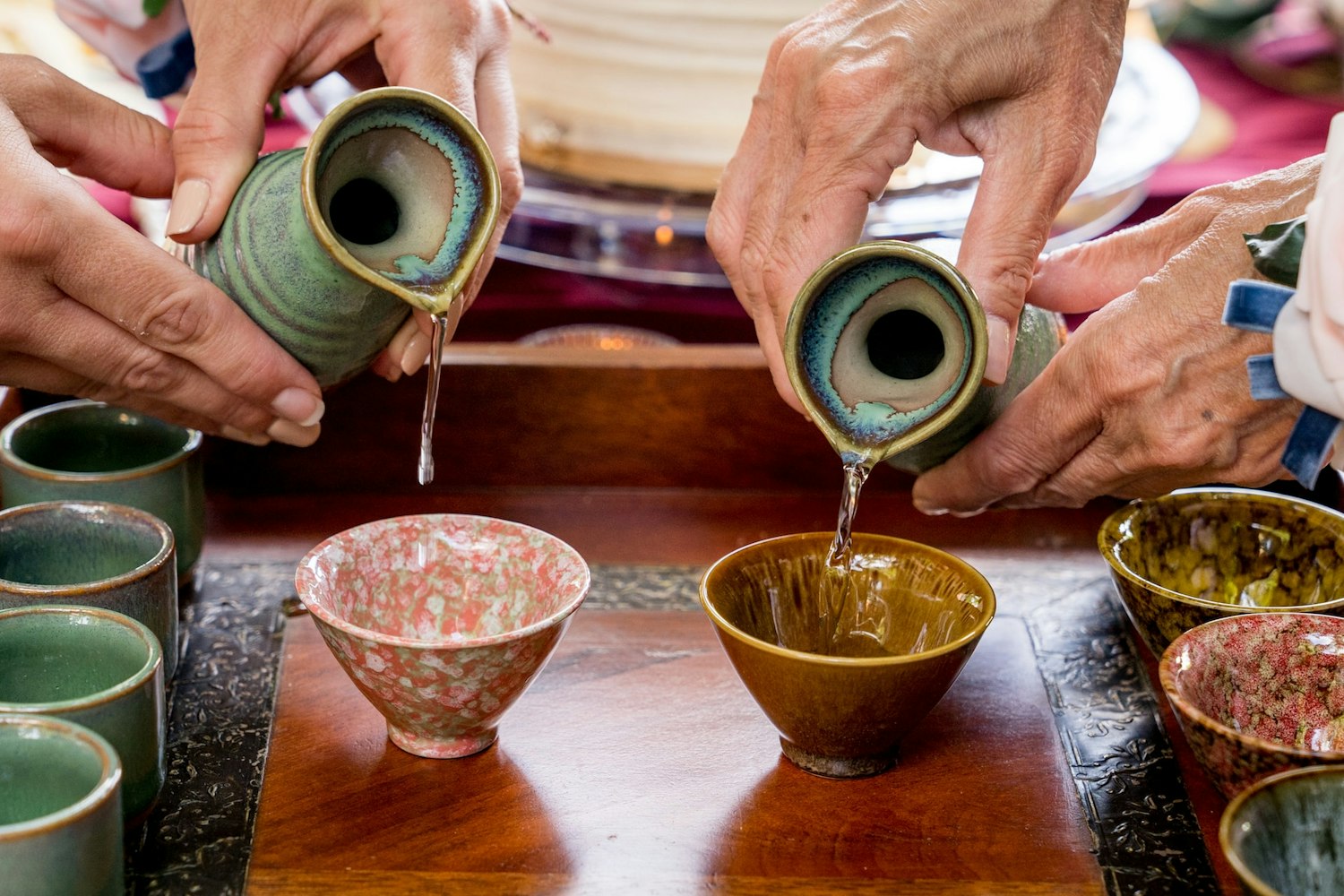
Kyoto's ceramics are renowned for their delicate beauty and exceptional quality. The city's pottery tradition dates back to the 16th century when Korean potters brought their techniques to Japan. Today, Kyoto is home to numerous pottery studios, where visitors can observe the craftsmen at work and even try their hand at creating their own pottery.
Kyoto's textile industry is famous for producing some of the finest fabrics in Japan, including silk, cotton, and hemp. From traditional kimono to modern fashion, Kyoto's textiles are renowned for their intricate patterns, vibrant colors, and exceptional quality. Many textile workshops and stores in Kyoto offer visitors the opportunity to witness the textile-making process and even create their own textiles.

Image Credit: Wikimedia
Lacquerware is an ancient craft that involves applying multiple layers of lacquer to wooden or metal objects to create a durable and decorative surface. Kyoto is home to numerous lacquerware studios, where visitors can witness the process of applying lacquer, as well as purchase beautiful lacquerware objects to take home.
Kyoto's metalworking tradition is based on techniques passed down from the Edo period, producing exquisite metal objects such as tea utensils, incense burners, and decorative items. Visitors can observe the metalworking process at workshops throughout the city and purchase unique metal objects to take home.
Kyoto's culinary heritage is just as rich and varied as its crafts. The city's traditional cuisine is known for its focus on seasonal and local ingredients, as well as its delicate presentation and flavors. Here are some of the top traditional dishes to try in Kyoto:
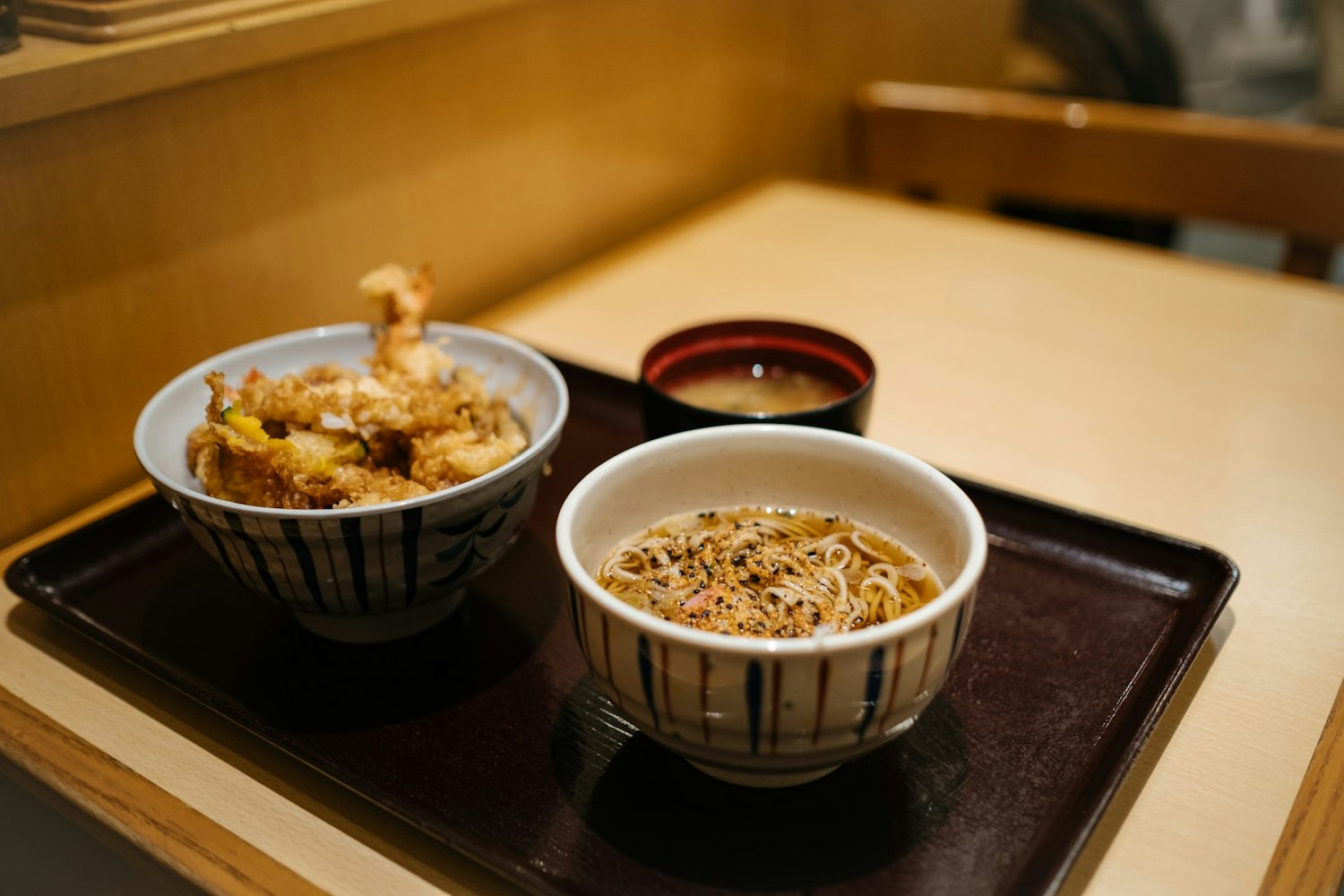
Kaiseki: Kaiseki is a multi-course meal that highlights the seasonal and local ingredients of Kyoto. The meal consists of several small dishes, each designed to showcase a specific ingredient or cooking technique. Kaiseki is a culinary art form, with each dish carefully prepared and presented to reflect the season and the occasion.
Soba: Soba is a type of thin noodle made from buckwheat flour and served in a variety of dishes. Kyoto is renowned for its soba, with many soba restaurants using locally sourced buckwheat flour to create their noodles. Soba can be served hot or cold and is often accompanied by a dipping sauce or broth.
Yudofu: Yudofu is a simple but delicious dish consisting of boiled tofu served in a hotpot with various condiments. The dish is a Kyoto specialty, with many restaurants specializing in yudofu. It's a light and healthy meal that's perfect for a cold winter's day.
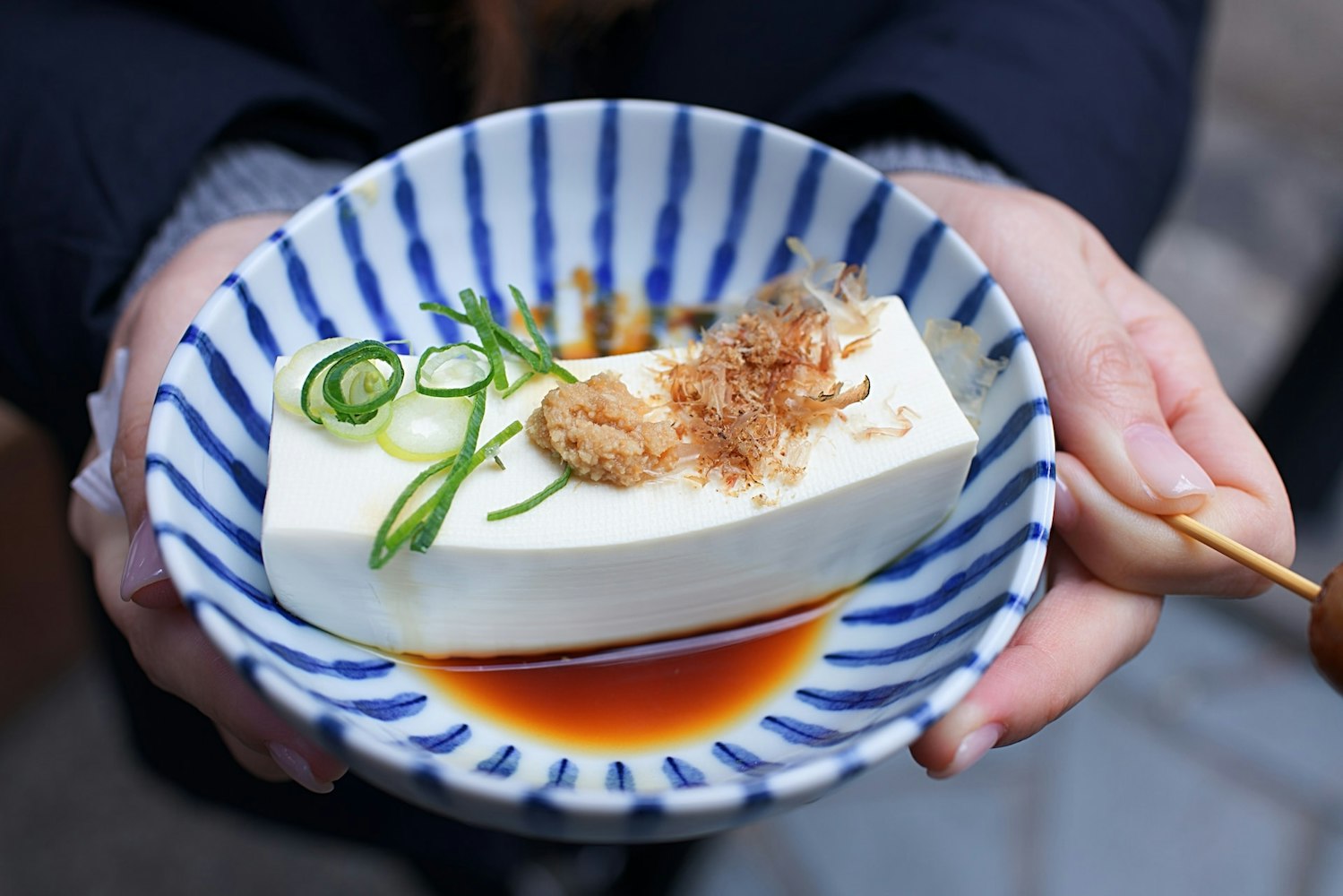
Matcha: Matcha is a finely ground green tea powder that is an essential part of Kyoto's culinary culture. Kyoto is renowned for its high-quality matcha, which is used in traditional tea ceremonies and also as an ingredient in many desserts and sweets. Visitors can experience a traditional tea ceremony in Kyoto and learn about the art of preparing and serving matcha.
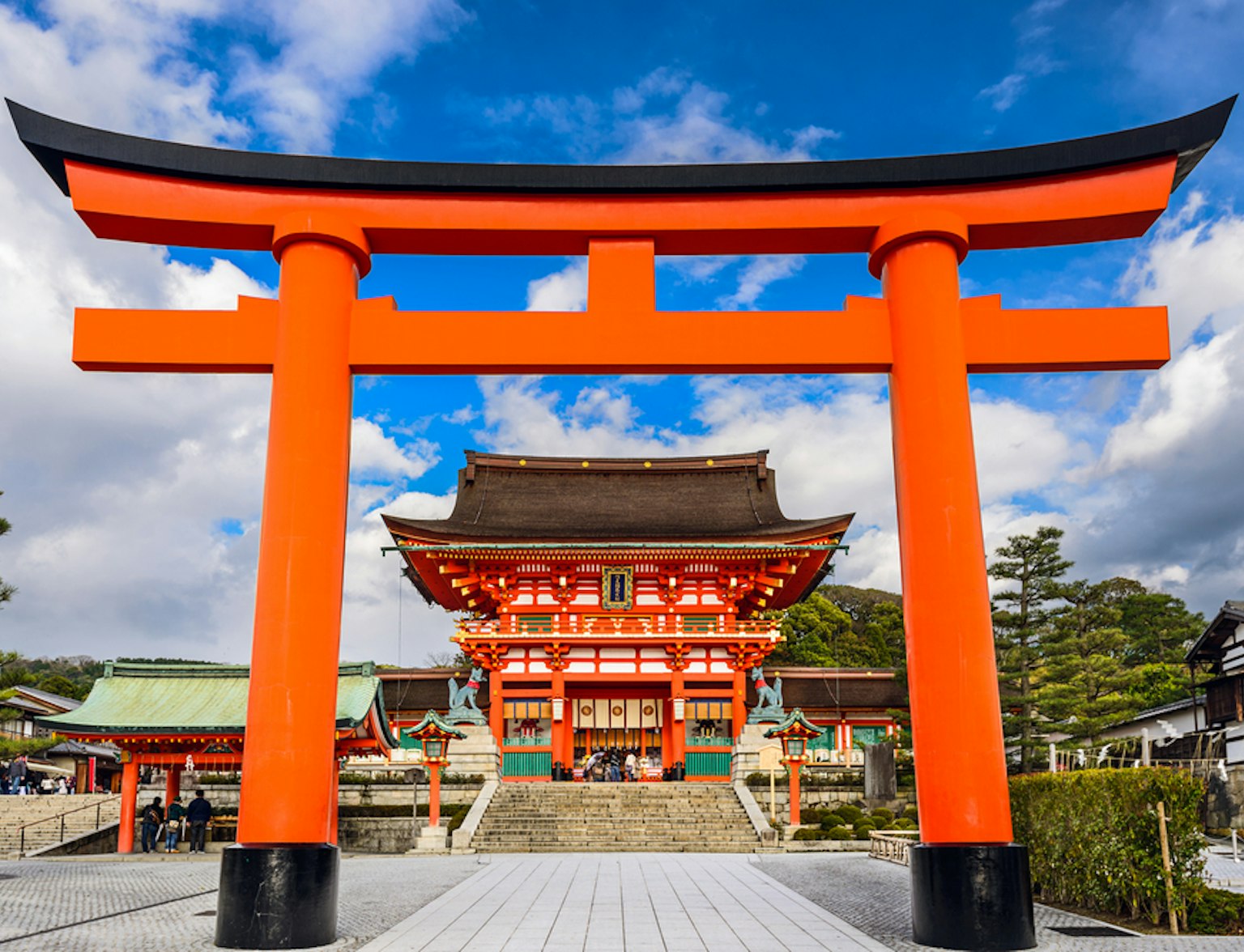
Savor Kyoto's flavors on this tour.
Kyoto is a city that captures the essence of Japanese culture through its historic temples, traditional crafts, exquisite cuisine, and vibrant festivals. By immersing yourself in these cultural offerings, you can gain a deeper appreciation for the artistry, beauty, and significance of Kyoto's cultural heritage. From strolling through captivating gardens to uncovering the local artistry and craftsmanship and savoring the authentic flavors of traditional Kyoto cuisine, this city has so much to offer.
With this guide, you can embark on a journey through time, discovering the hidden gems of Kyoto's culture and unlocking the secrets of this magnificent city. So pack your bags and prepare to be transported to a world of beauty, tradition, and wonder as you explore the best of Kyoto's rich cultural experiences.
